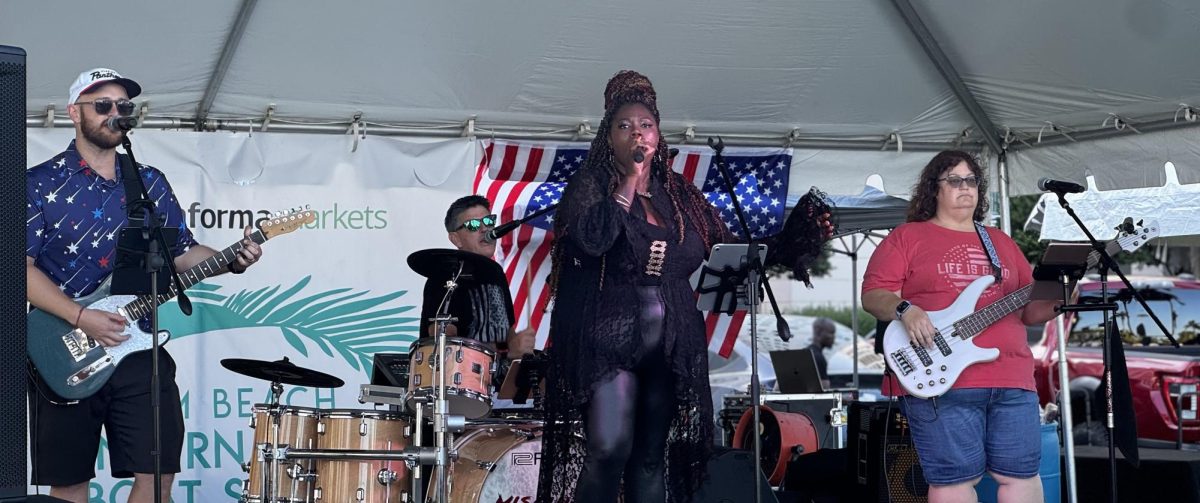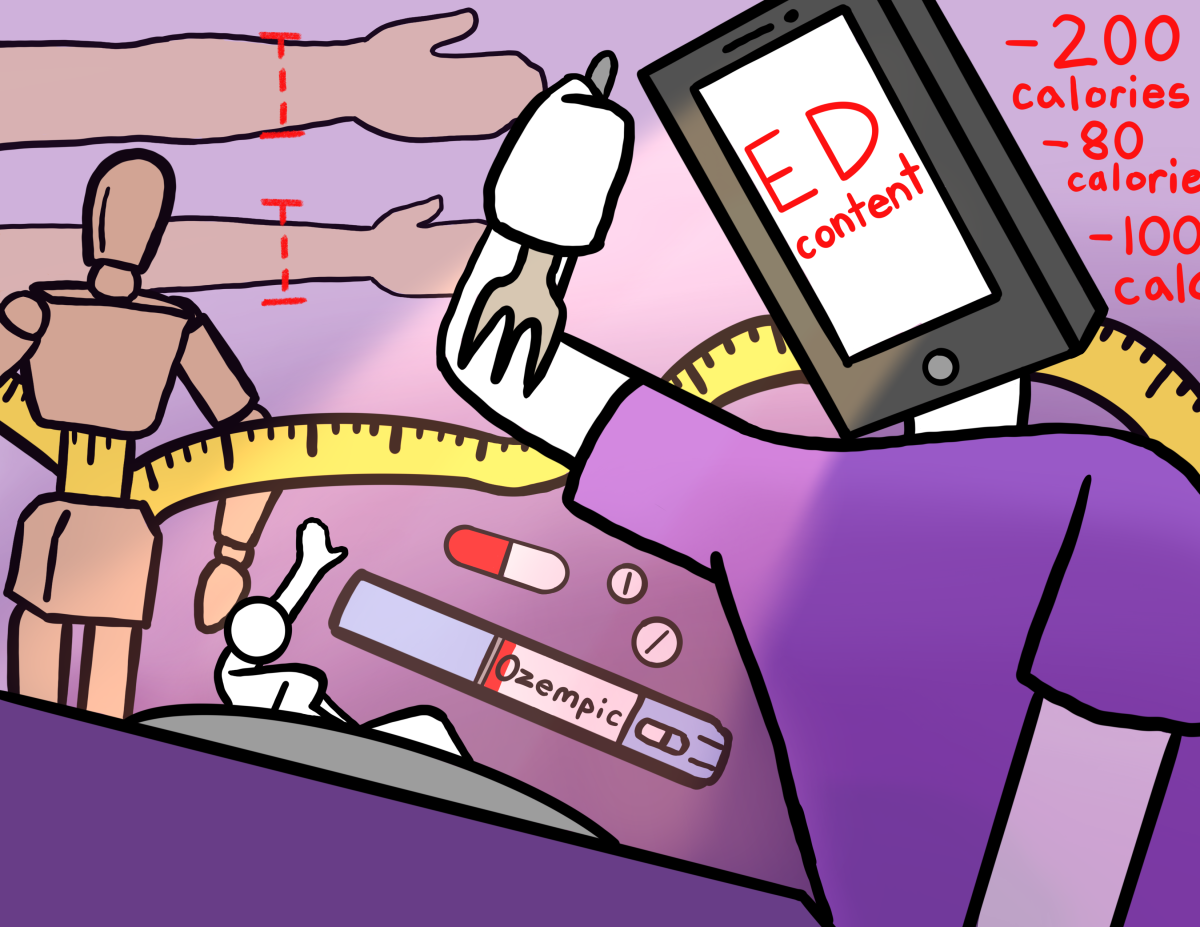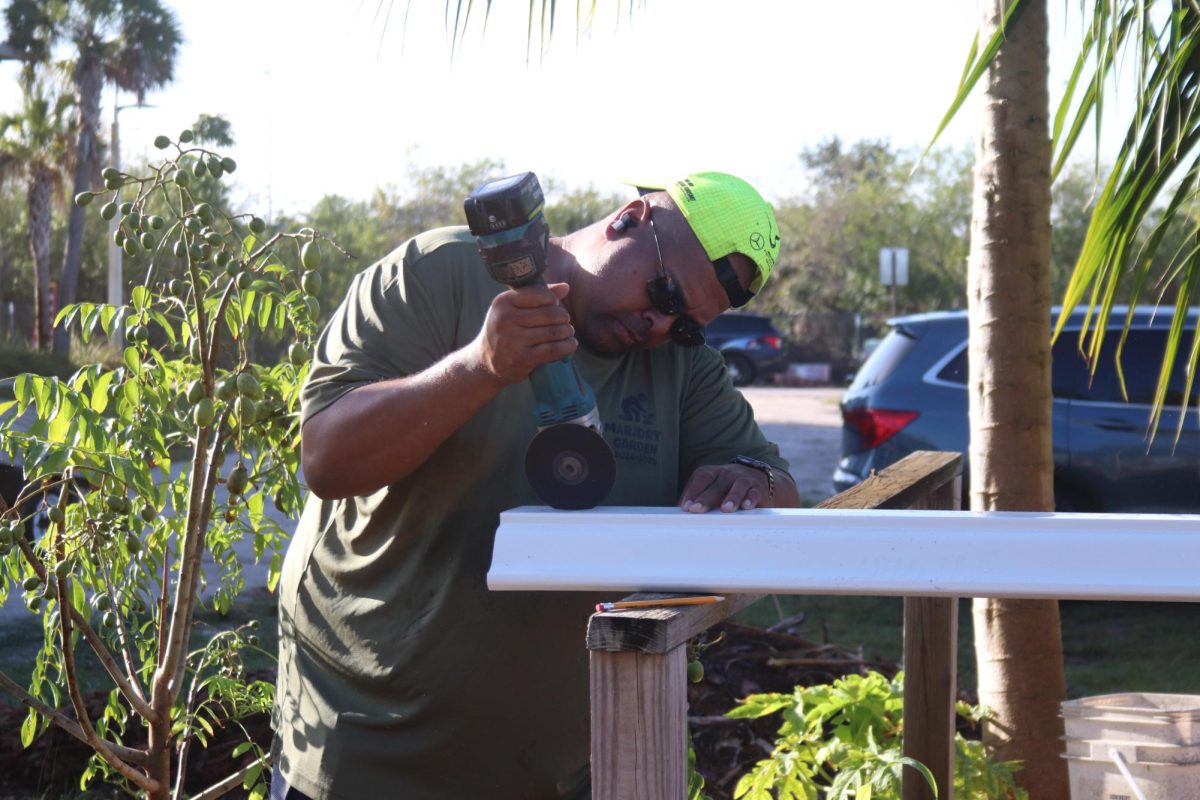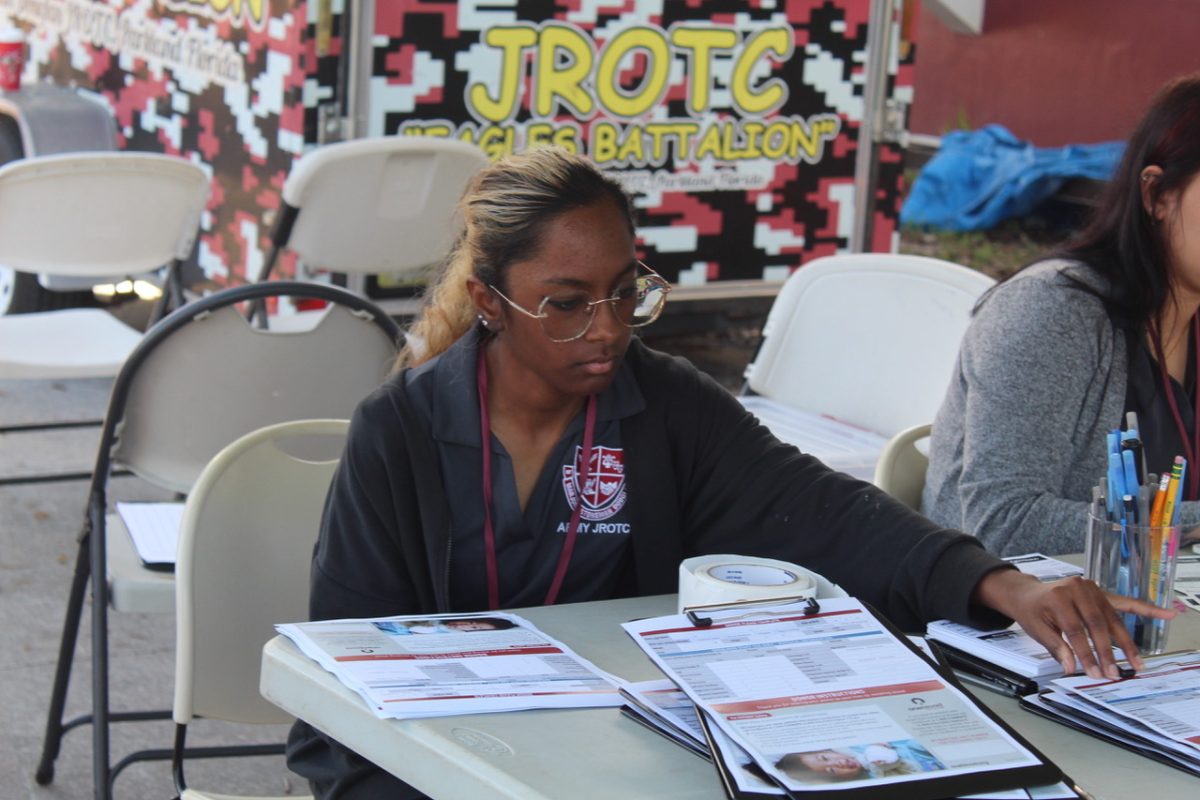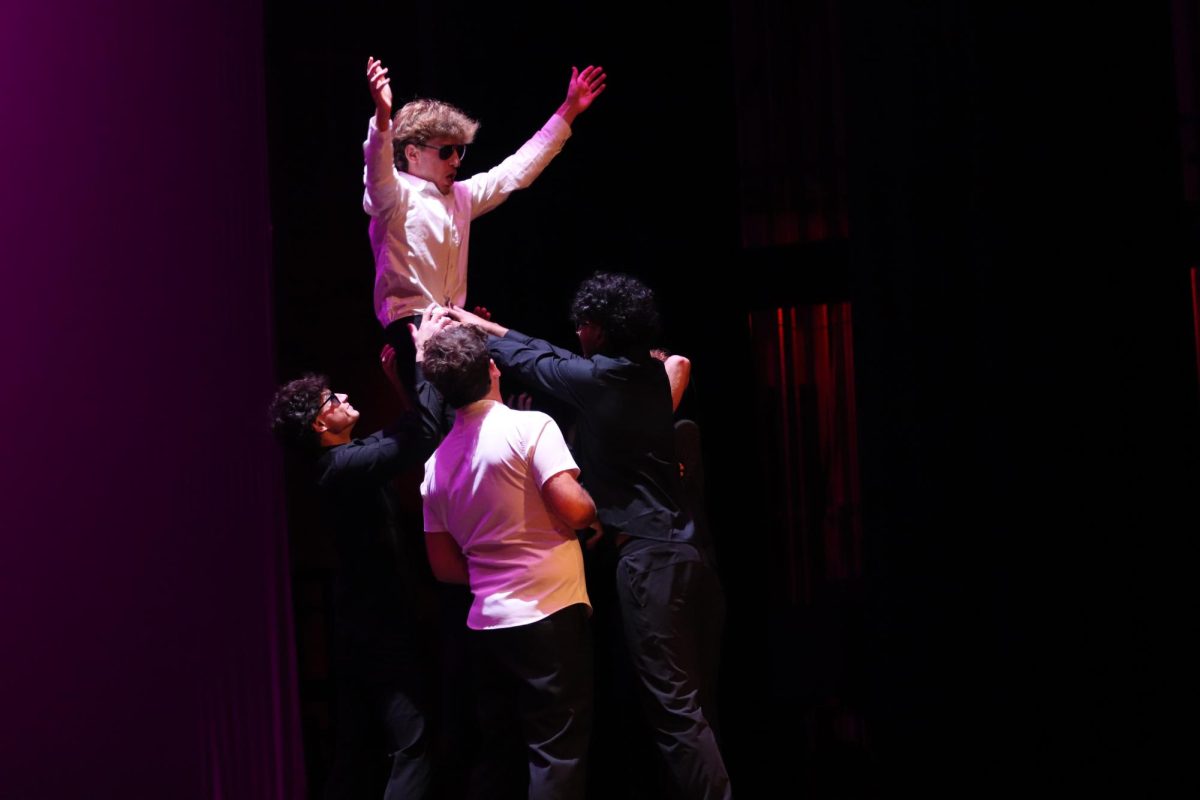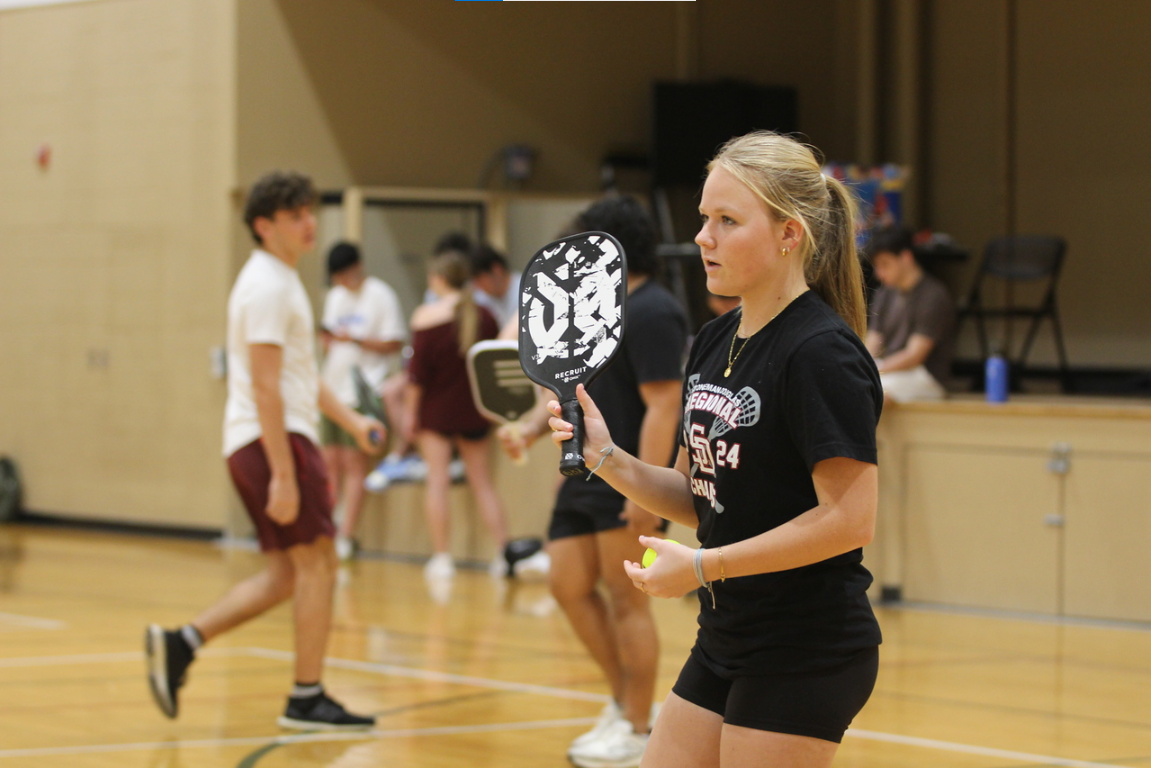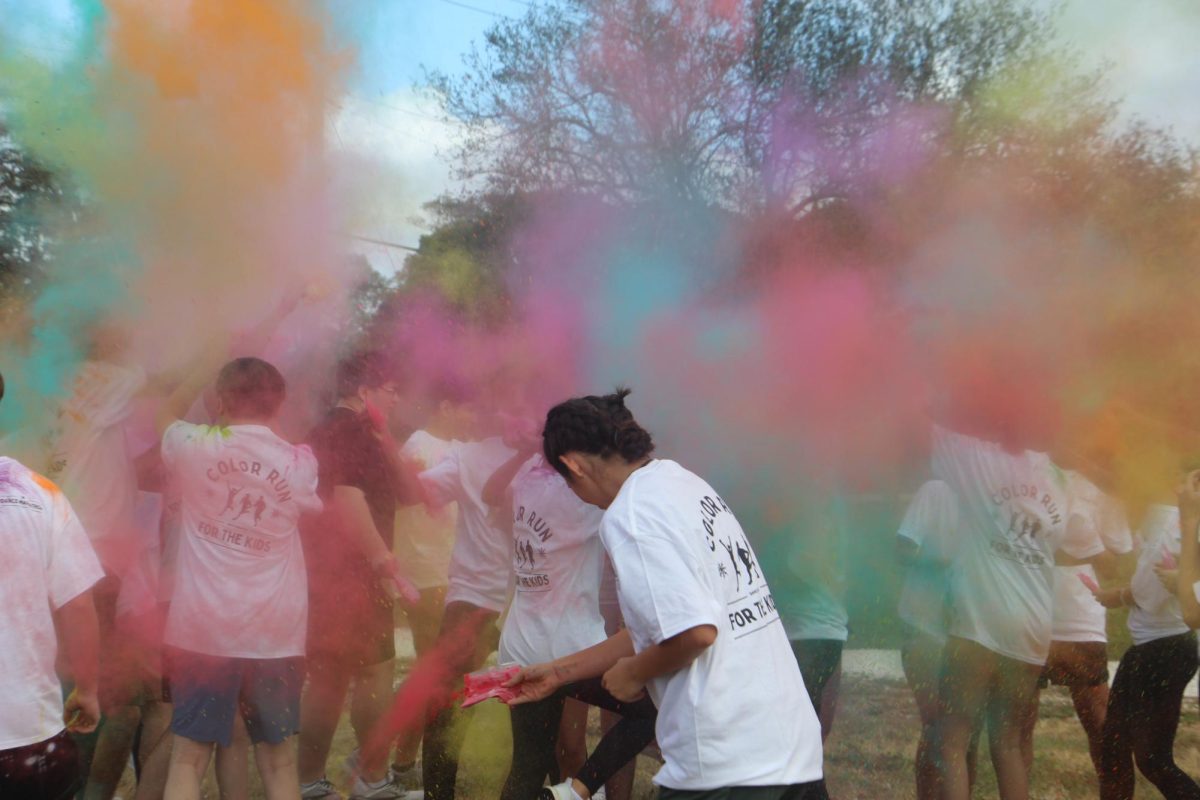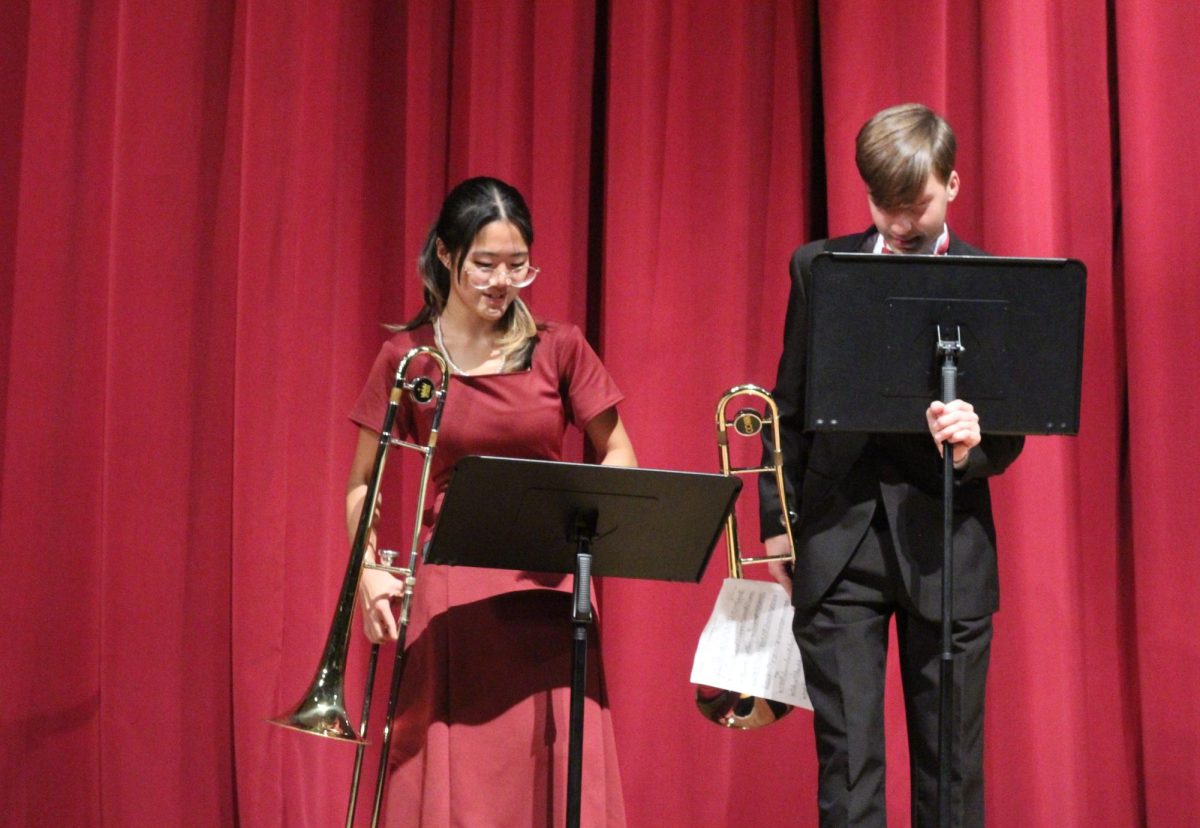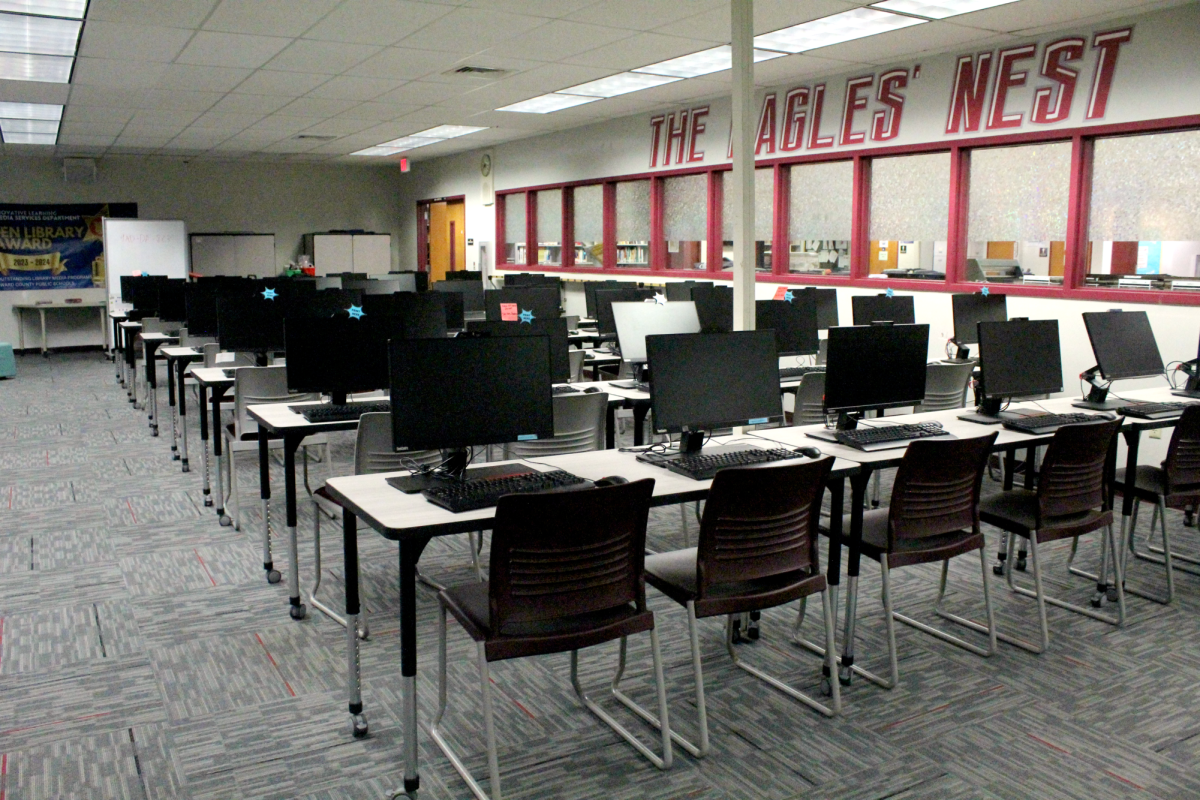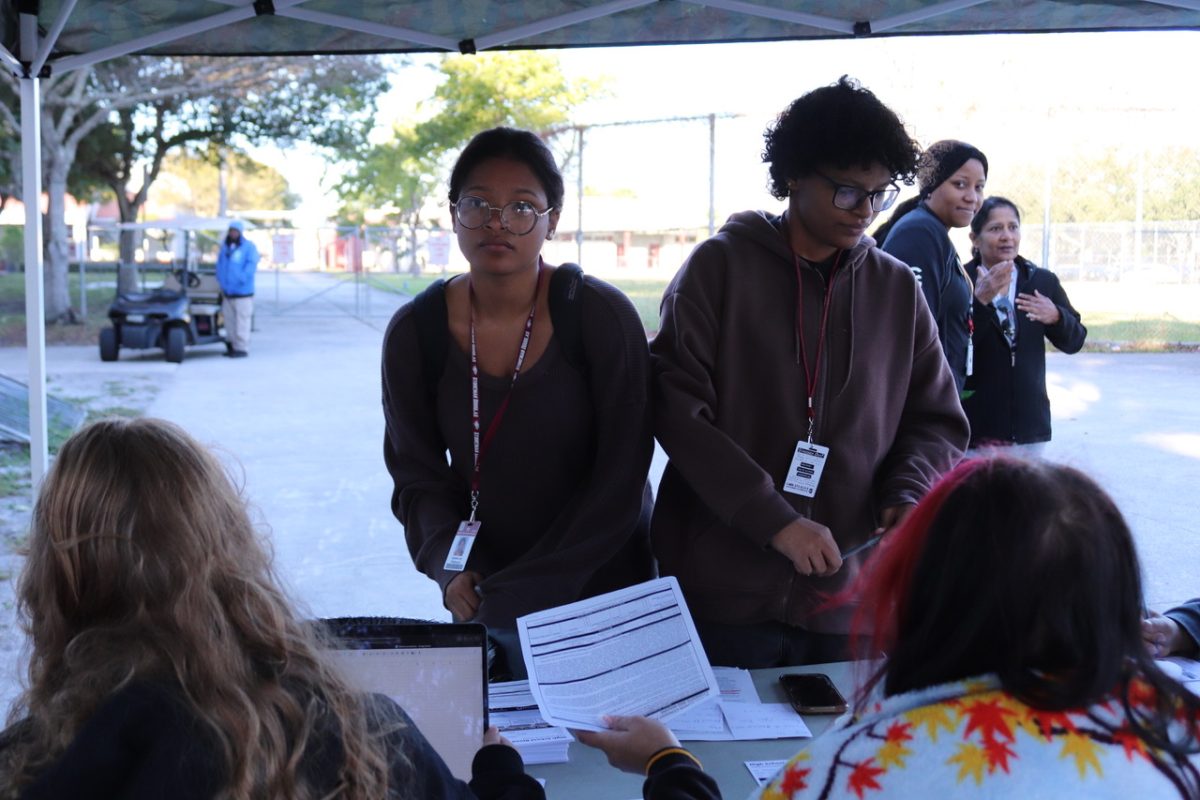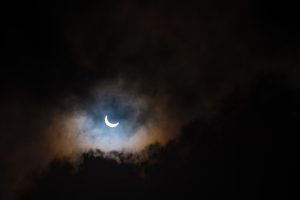
On Monday, Aug. 20, 2017, North America observed a complete solar eclipse. In this celestial occurrence, the moon blocked all or part of the sun from the view of Earth as it passed between the two. A total solar eclipse is normally seen about once a year in some parts of the world, but it hasn’t been viewed in the United States in 38 years. In fact, this is the first time that a complete solar eclipse will run all the way from the Pacific Ocean to the Atlantic Ocean since 1918.
According to NASA, although the eclipse can be partially seen throughout all of North America and other parts of the world, it was only seen fully through the path of totality, which today ran from Lincoln Beach, Oregon at around 1:15 p.m. EDT to Cape Island, South Carolina at 2:48 p.m. EDT. During the few minutes in which these cities reached totality, their skies darkened into what seemed like nighttime-nocturnal animals awakening, believing the sun had actually set.
Other cities, including Parkland, Florida, only witnessed a partial eclipse as the moon’s lunar shadow darkened the sky just slightly. Still, that did not stop them from celebrating the widely anticipated event just as those in the path of totality.
When students from Marjory Stoneman Douglas High School saw the partial eclipse begin at 1:18 p.m., many put on their ISO 12312-2 glasses to allow them to safely view the eclipse as it reached its maximum point of viewing at 2:50 p.m.
“Right when I got home from school, my dad made me put on this huge welding mask. When I looked up at the eclipse, I could see this beautiful green silhouette of the moon,” junior Caroline Haight said. “Then he showed me a pinhole reflector he made, which projected the moon onto my driveway. It was such an amazing thing to see.”
Some students and faculty members even convened at North Community Park to share viewing glasses while watching the eclipse through a telescope.

As hauntingly beautiful as the eclipse was, an extremely emphasized notion prior to Monday was informing people to never look directly at the eclipse without the proper protection. Spectators used solar-viewing glasses or solar filters to see the eclipse without damaging their retinas.![]()
Although the sky became darker because of the moon’s shadow, the UV radiation of the sun still shone through. It is specifically dangerous because the damage is painless, so most people wouldn’t even realize what was happening.
“I first heard about the eclipse from my mom. She’s an optometrist, so she was really worried about my eyes,” senior Natalia Alamo said. “She made me where those protection glasses, so the experience was pretty awesome.”
Broward County Schools therefore took precautions to ensure the safety of their students. All outdoor activities were moved indoors from 1:30 p.m. until 4:30 p.m., and the county encouraged teachers and parents to speak to students about the dangers of looking directly at the sun. Furthermore, if parents notified the school, a student who stayed home to experience the solar eclipse had an excused absence.
One can only image what changes will have occurred in the country and the world the next time the moon casts its shadow on the United States seven years from now, on April 8, 2017.

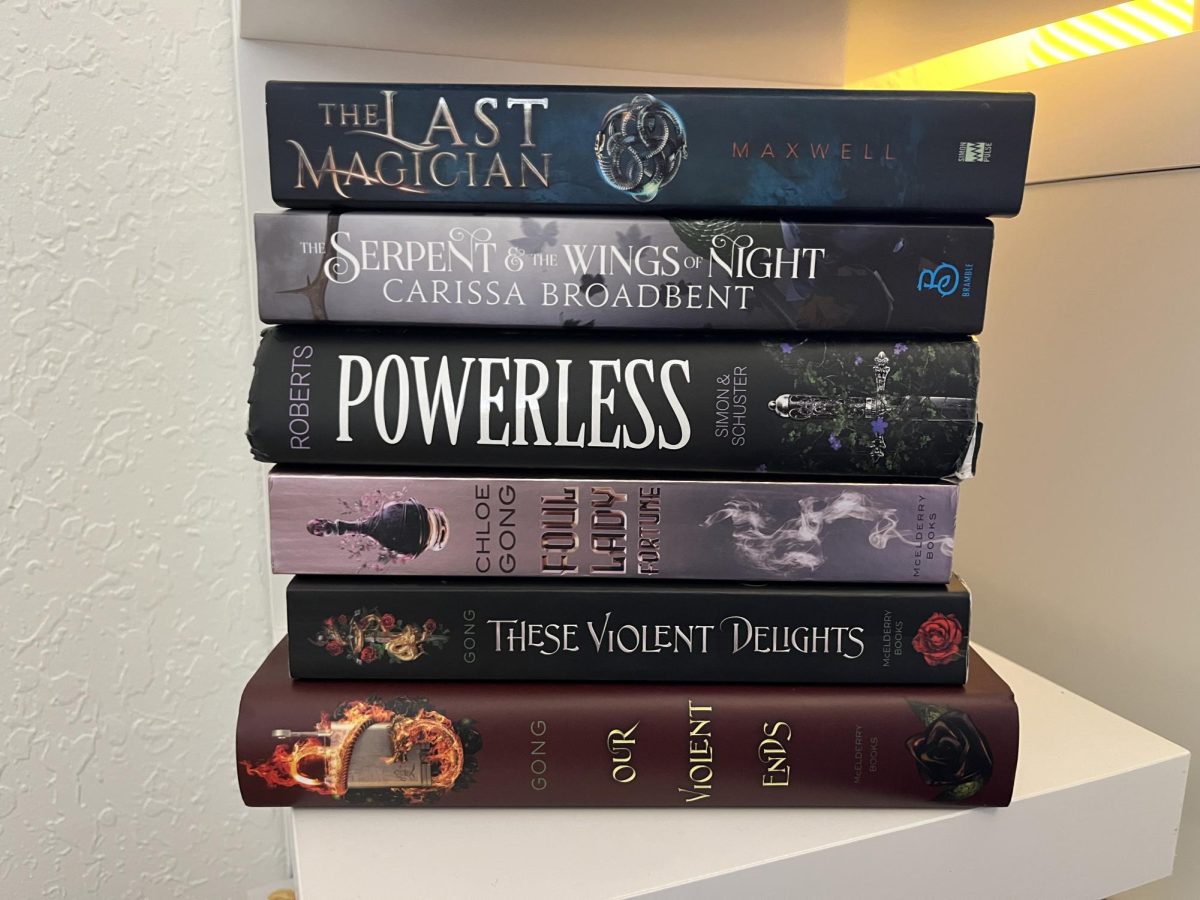
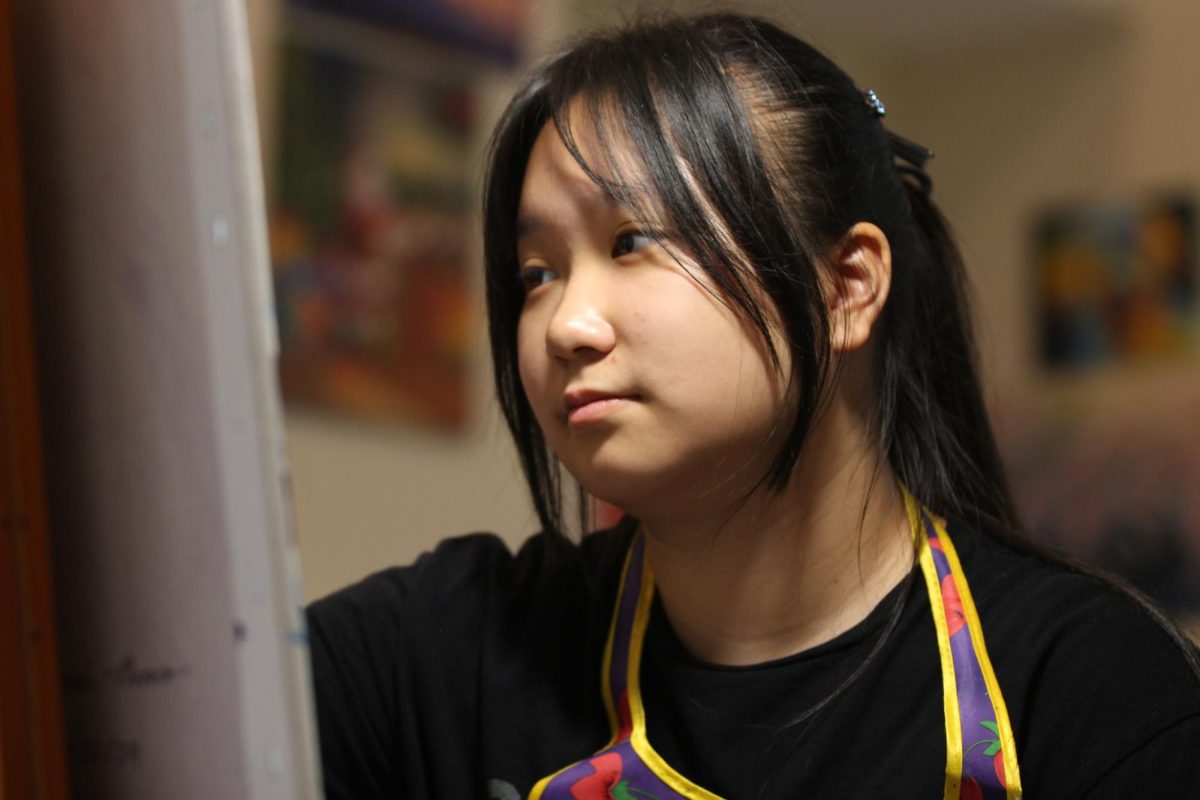
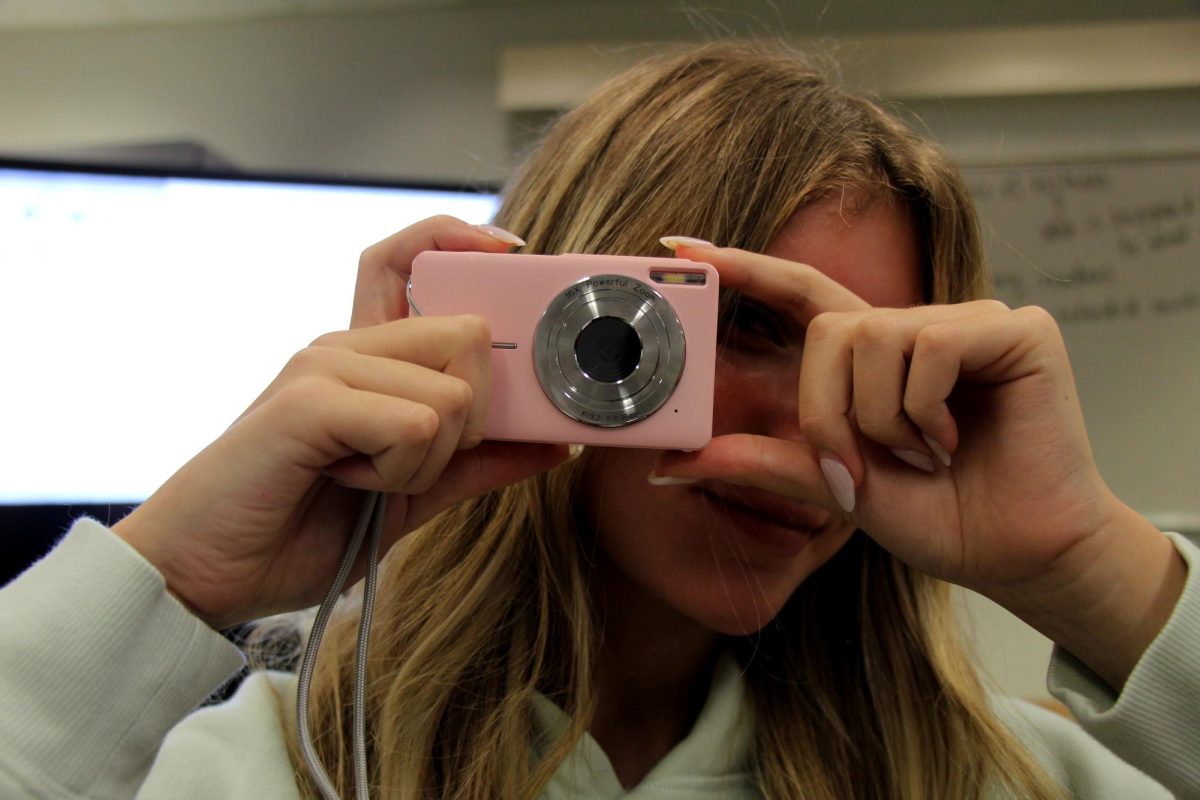
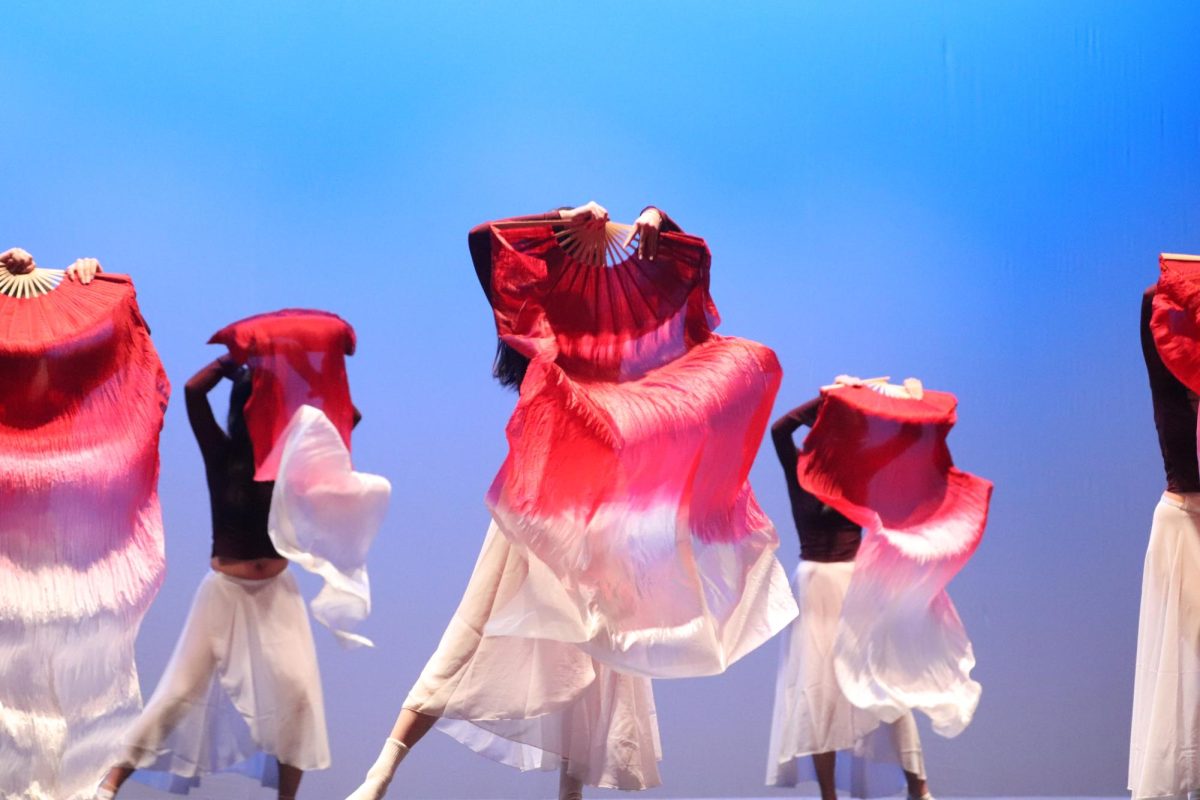
![National Honor Society Sponsor Lauren Saccomanno watches guest speaker Albert Price speak to NHS members. National Honor Society held their monthly meeting with Price on Monday, Nov. 4. "[Volunteering] varies on the years and the month, but we have started a couple new things; one of our officers Grace started a soccer program," Saccomanno said. "We have been able to continue older programs, too, like tutoring at Riverglades. NHS's goal is to have as many service projects as possible."](https://eagleeye.news/wp-content/uploads/2024/11/xNOeKNVwu7aErpVyJHrHogagZUUcLLosjtbIat94-1200x900.jpg)

![Ice Ice Baby. Skating to "Waltz" and "Romance" during her long program, figure skater Ava Zubik competes at the Cranberry Open in Massachusetts on Aug. 12, 2022. She scored a total of 86.90 on her short and free skate program, earning fifth place overall. "I try to make it [competing] as fun and enjoyable as I can because it's my senior year, and so I want to really enjoy competitive figure skating while it lasts," Zubik said.](https://eagleeye.news/wp-content/uploads/2024/11/skater1-799x1200.jpg)
